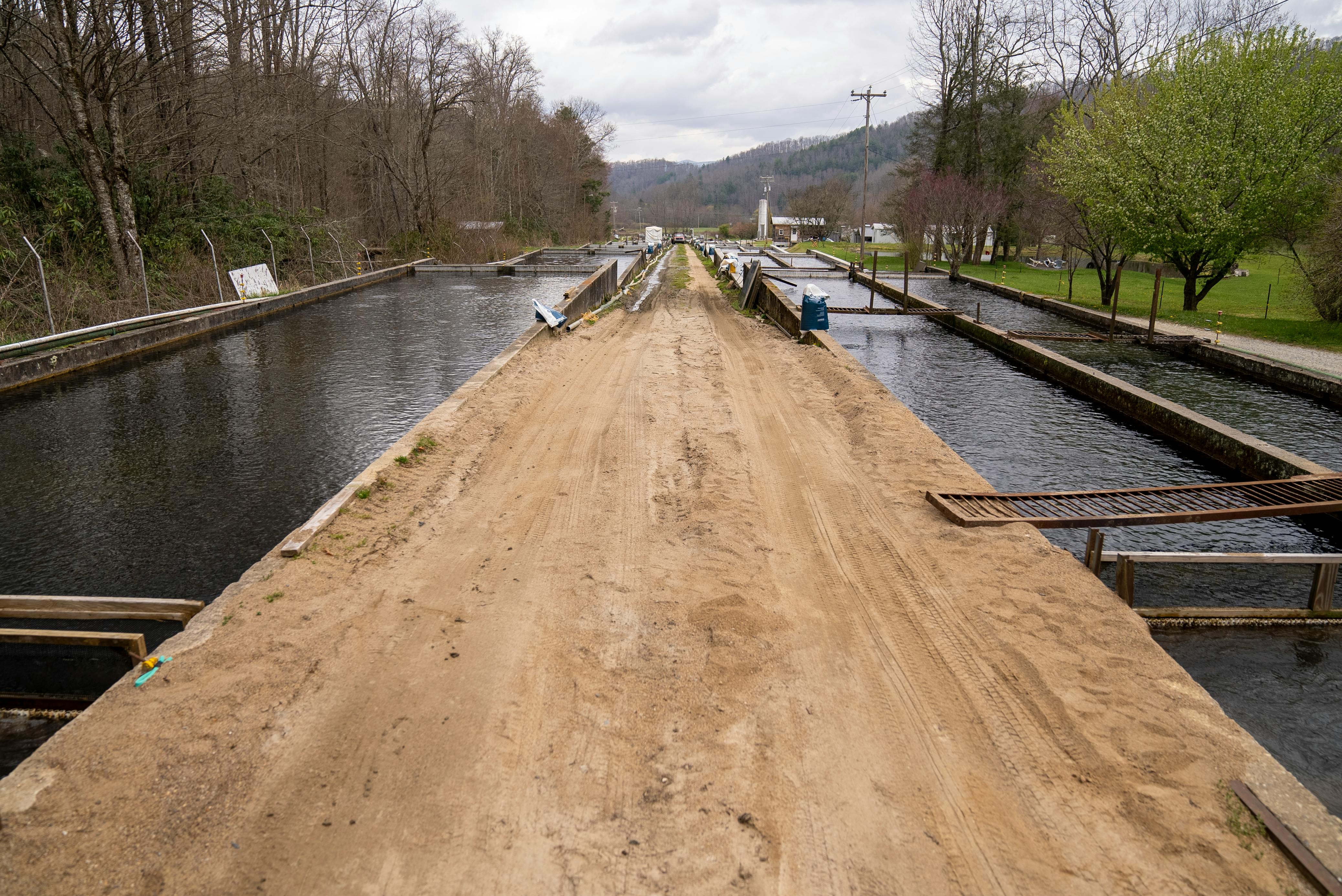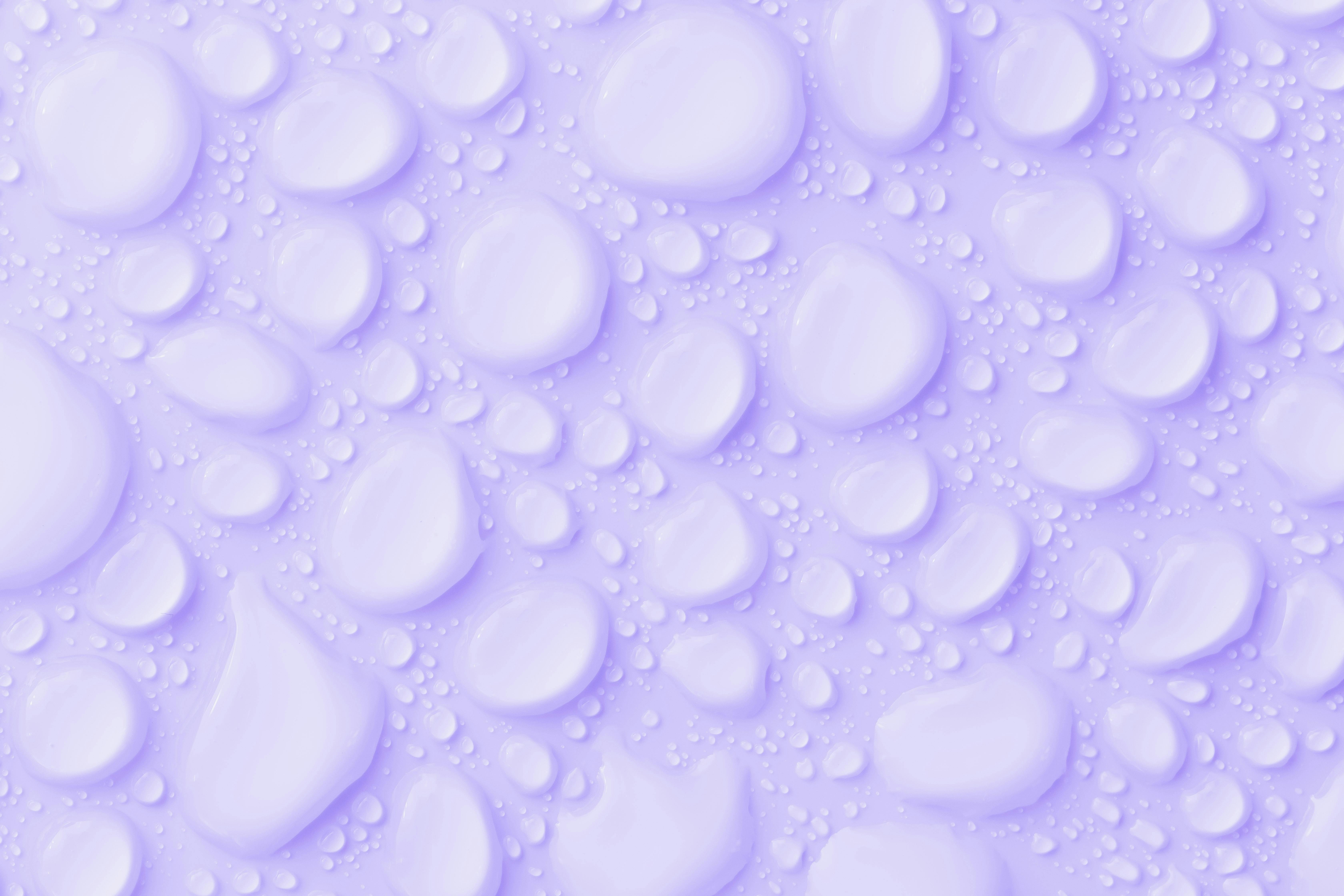Distilled water and reverse osmosis water are two types of water that are often confused due to their similarities. Both forms of water are pure and free from impurities, but they are produced differently and have distinct advantages and disadvantages. In this article, we will discuss the differences between distilled water and reverse osmosis water so you can make an informed decision about which type of water is right for your needs.Distilled water is water that has been purified through a process called distillation. This process involves boiling the water and then condensing the steam into a clean container, leaving many impurities behind. Distilled water is free from minerals and salts, which makes it ideal for drinking and for use in medical applications.
What is Reverse Osmosis?
Reverse osmosis is a process in which water passes through a semi-permeable membrane, allowing certain substances to pass through while blocking others. It is a type of filtration process that works by forcing water under pressure through a membrane that has tiny pores. The pores are small enough to block most contaminants, while still allowing the water to pass through. This process can be used to filter out heavy metals, salts, bacteria, and other contaminants from water, making it safe for drinking and other uses. The reverse osmosis process can also be used to desalinate seawater, making it suitable for agricultural and industrial uses.
Reverse osmosis systems are commonly used in homes and businesses for purifying drinking water, as they are effective at removing many impurities from the water. Reverse osmosis systems can also be installed in large scale for industrial applications such as wastewater treatment or desalination of seawater for drinking or irrigation purposes. Reverse osmosis systems are also often used in the food and beverage industry to purify water for bottling or processing foods and drinks.
Distillation Process
Distillation is a process used to separate liquids from other liquids or solids. It is a common laboratory technique used to purify compounds, as well as an industrial process for producing ethanol and other products. The basic principle of distillation is that the components of a mixture have different boiling points and can be separated by heating and cooling. This allows for the separation of liquids based on their volatility, or ability to evaporate at different temperatures. The process of distillation works by heating the mixture to its boiling point, allowing the most volatile components to evaporate first. These vaporized components are then cooled and condensed back into liquid form, resulting in a more pure form of the original mixture. Distillation can also be used to separate mixtures with different boiling points from one another. In this type of distillation, the mixture is heated until all components reach their respective boiling points and then cooled to separate them out.
Distillation is a highly effective way of separating mixtures into their individual components, as it relies on differences in physical properties such as boiling point rather than chemical reactions. This makes it useful for separating out compounds that would otherwise be difficult or impossible
Reverse Osmosis Process
Reverse osmosis is a process that is used to remove ions and molecules from a solution by applying pressure to the solution when it is on one side of a semi-permeable membrane. This process is commonly used in industry or for producing potable water from salt water. The reverse osmosis process consists of several steps which are essential for the successful completion of the process.
The first step of the reverse osmosis process involves pre-treatment. This includes removing solid particles and other materials that could clog or damage the membrane during the filtration process. This pre-treatment can be done through sedimentation, flocculation, filtration, or chemical treatment.
The second step of the reverse osmosis process is pressure control. This ensures that there is sufficient pressure applied to allow water molecules to pass through the membrane while larger molecules such as salts and minerals are blocked from passing through it.
The third step involves applying the pressure necessary to push water through the semi-permeable membrane. The pressure must be great
Properties of Distilled Water
Distilled water is water that has been boiled and condensed back into a liquid form. It is free from any impurities, such as minerals, salts, and other contaminants. Distilled water is considered to be pure as it has been separated from all other substances. It can also be used for certain medical purposes due to its lack of microorganisms or chemicals.
The properties of distilled water are quite unique and differ from other types of water. For instance, it has a very low electrical conductivity compared to tap or spring water. This means that it does not contain any dissolved solids, which could otherwise interfere with the electrical signals in electronic devices. Additionally, distilled water has a very low mineral content which makes it ideal for use in certain medical procedures where purity is important.
Another property of distilled water is its taste and smell, which are almost non-existent due to its lack of impurities. This makes it suitable for use in many applications where taste and odor are not desired such as in laboratories and manufacturing processes. Moreover, distilled water can be used to produce

Properties of Reverse Osmosis Water
Reverse osmosis (RO) is a water purification technology that uses a semipermeable membrane to remove ions, molecules and larger particles from drinking water. RO is the most effective method of removing impurities from drinking water, and it is also used in food processing, pharmaceuticals, and many other industries. The properties of RO water are very different from those of tap or spring water. RO water has higher purity and mineral content than tap or spring water. It also has a higher pH level, which makes it less acidic than most types of drinking water. RO water also has higher levels of trace minerals such as calcium, magnesium, potassium, sodium, and chloride. These minerals are beneficial for health as they help to maintain electrolyte balance in the body. The taste of RO water is also different from that of tap or spring water; it tends to be smoother and less bitter. Additionally, RO water does not contain any chlorine or other potentially harmful chemicals that may be present in untreated water sources.
Advantages of Distilled Water
Distilled water has several advantages. It is free of contaminants, including heavy metals, minerals, and other potential pollutants that may be present in tap or groundwater. This makes it safer to drink than untreated water sources. It also has a neutral pH level, which can help balance out the acidity of certain food and drinks. Additionally, it can improve the taste of beverages such as coffee and tea by removing any unpleasant aftertastes from tap water. Furthermore, distilled water can help extend the life of appliances that use water, such as coffee makers and steam irons, by preventing mineral deposits from forming inside them.
Disadvantages of Distilled Water
Unfortunately, there are some drawbacks to using distilled water. For one thing, it is relatively expensive compared to tap or filtered water. Also, since it has been stripped of all natural minerals and nutrients found in untreated sources of water, it may taste somewhat flat or bland compared to other types of drinking water. Additionally, some studies suggest that long-term consumption of distilled water could lead to mineral deficiencies in the body since it lacks
Advantages of Reverse Osmosis Water
Reverse osmosis (RO) is one of the most effective methods for purifying water. It involves using a semi-permeable membrane to remove contaminants from the water. RO water has many advantages over other forms of purified water, such as distilled or filtered water. One of the main benefits of reverse osmosis is that it can remove up to 99% of all dissolved solids, which includes heavy metals, bacteria, and viruses. This makes reverse osmosis ideal for use in homes or businesses where there is a concern about the quality of tap water. In addition, RO water is free from chlorine and other chemicals that can be found in tap water. The process also removes sediment particles from the water, making it much clearer and cleaner than untreated tap water.
Disadvantages of Reverse Osmosis Water
Although there are many advantages to using reverse osmosis as a method for purifying water, there are some drawbacks as well. One major disadvantage is that reverse osmosis systems require a significant amount of energy to operate, which can

Conclusion
The difference between distilled water and reverse osmosis is that distilled water is created by boiling and then condensing the steam, while reverse osmosis is a process where water passes through a semi-permeable membrane to remove impurities. Distilled water has a neutral pH, while reverse osmosis water can be slightly acidic. Distilled water does not contain minerals, while reverse osmosis water contains some of the minerals that were removed from the impurities. Both types of filtered water are safe to drink and can provide health benefits. However, when selecting one type of filtered water over another, it’s important to consider what each type offers in terms of taste, health benefits, and cost.
Ultimately, both types of filtered drinking water are beneficial for your health. Whether you choose distilled or reverse osmosis will depend on personal preference and your individual needs.

